Simba Safari Camp

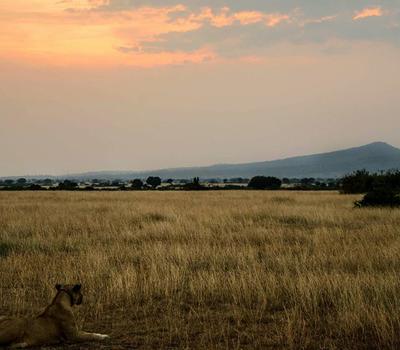
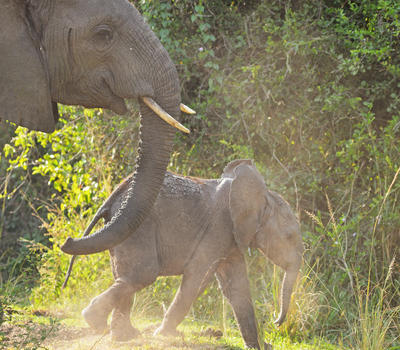
Game drives in the Kasenyi Plains
The northern sector of the national park is called Kasenyi, or better known as the “Kobs Mating Ground”. In this open savannah area you will find hundreds of Uganda kobs. The kob is an elegant antelope, similar to the impala, which lives in harems up to twenty females, leaded by one dominant male. Consequently, it is not exceptional to encounter a hungry lion in this area, waiting for his chance to pounce on one of the unsuspecting animals. Big herds of buffaloes, giant forest hog, warthogs, monitor lizards and sometimes a lonely elephant can be seen during a game drive in Kasenyi as well.
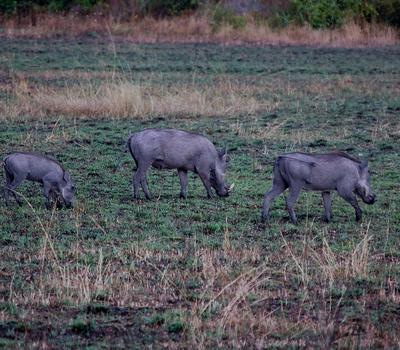
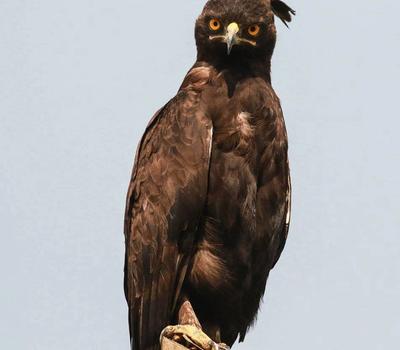
Wildlife viewing at Mweya Peninsula
The Mweya Peninsula is one of the best places to startNyamunuka Crater Lake your game drive from. The forested area offers a great variety of game tracks and at the same time it hides many narrow natural trails, created by the inhabitants. A game drive in this area will give you a fair chance of finding the elusive leopard and watching herds of elephant. Also waterbucks, warthogs, hyenas and the giant forest hog are regularly seen around the Mweya Peninsula. As it is located closely to the shores of the Kazinga Channel do not be surprised when you encounter a hippo grazing peacefully between the bushes, in the early morning or evening. Many bird species like the Black Bee-eater, Verreaux’s Eagle-Owl and Malachite Kingfisher inhabit this isolated peninsula as well.

Boat safari on the Kazinga Channel
This famous 32 kilometers long channel is a natural link between Lake Edward and Lake George and is said to contain the world’s largest concentration of hippos. A boat trip will offer you the opportunity to view hundreds of hippos laying lazy in the water or plunge timidly when you pass. Crocodiles will be found motionless at the shores and also buffaloes and waterbucks come to the water to cool off. Occasionally you may see an elephant coming to quench his thirst. Moreover, the Kazinga Channel is a true birders paradise as it is home to hundreds of (water) bird species. You may spot Pelicans, Fish Eagles, Kingfishers, Cormorants and the bright coloured Saddle-billed Stork.

Exploration of the Crater Lakes
One of the most scenic parts is the impressive crater area in the northwest region of the park. Formed by volcanic activity thousands of years ago, you can now explore a series of dramatic craters and dry calderas in the hilly landscape, offering stunning views of the park and its surroundings. The birdlife is spectacular, with large flocks of flamingos, but also buffaloes and other wild animals come to drink here.
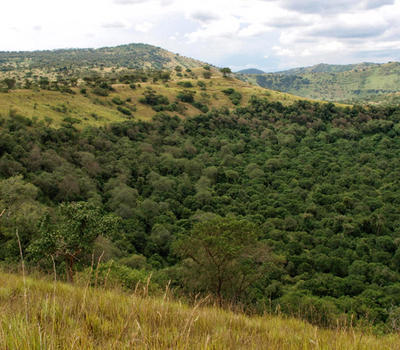
Forest Walks in Maramagambo Forest
A part of Queen Elizabeth National Park consists of tropical rain forest including the legendary Maramagambo Forest. It is one of the largest forests in Uganda, with different walking trails traced out. A guided nature walk will lead you through the lush primary forest, home to a large number of primates, butterflies and bird species. Baboons, vervet monkeys, black-and-white colobus monkeys and even chimpanzees can be hiding in the trees or down in the bushes. Deeper into the forest you will find the Bat Cave, a large cave which serves as a shelter for thousands on Egyptian Fruit Bats and several pythons that prey on these bats. Nearby is also the tranquil, picturesque Blue Lake. As the name implicates, it is famous for the intense blue colour of the water.
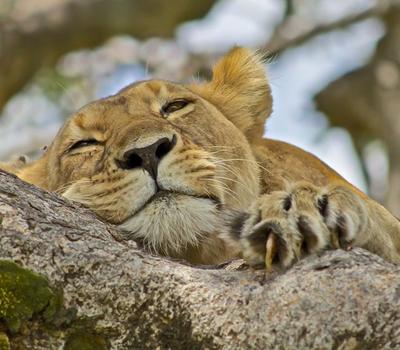
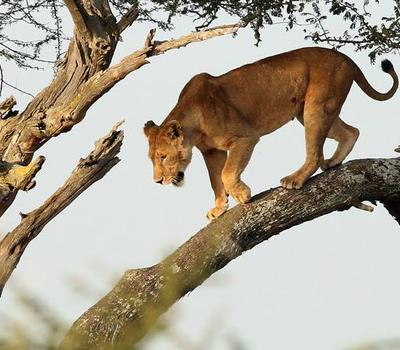

Finding tree climbing lions in Ishasha
Follow the road to the southwest of Queen Elizabeth National Park and you will enter the remote plains of Ishasha. The landscape slowly changes as you pass large herds of Uganda kobs, topis and buffaloes, grazing peacefully in the savannah highlands. In the far end, the winding Ishasha River forms the natural border between Uganda and DR Congo. Here you will find hippos at the shores, lazy drifting with the stream. The birdlife enriches the trees along the river, while curious colobus monkeys and baboons often come to take a look at the visitors. The highlight of this area, however, is the tree climbing lion, who likes to take a nap in the upper branches of huge fig trees. So keep your eyes open when your guide takes you for a search along one of the circuits in the southern sector!


















